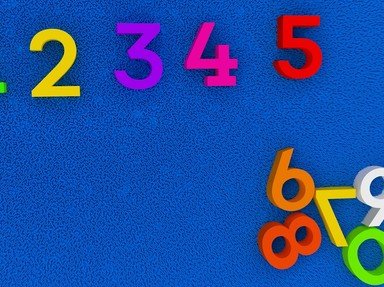
One, Two, Three, Four, Five, ... Quiz
Children learn to count from a young age, but numbers can get more complicated. Can you match the numbers with the definition given. Some numbers may fit more than one category, but there is only one way to match them all correctly.
A matching quiz
by Lottie1001.
Estimated time: 3 mins.
- Home
- »
- Quizzes
- »
- Science Trivia
- »
- Math